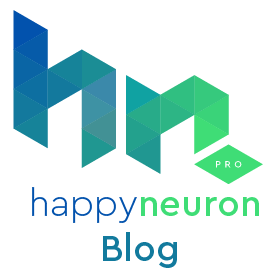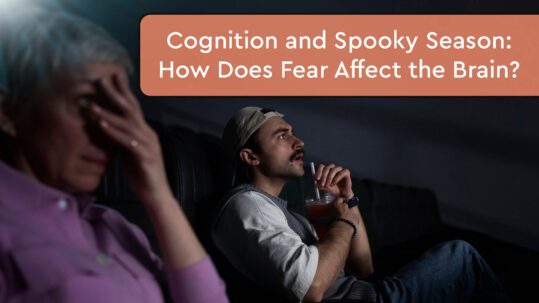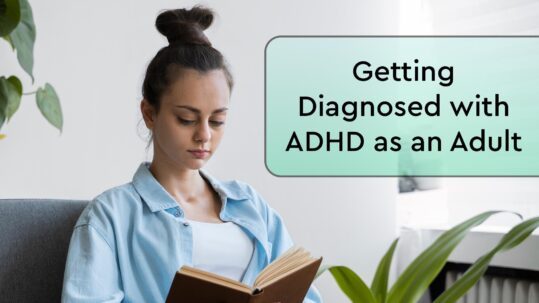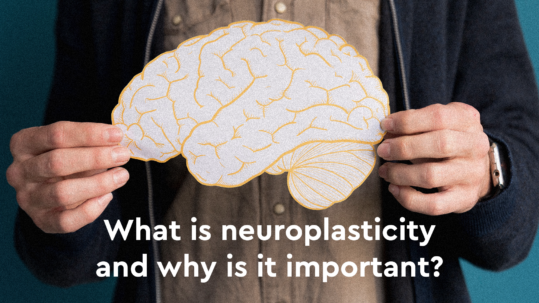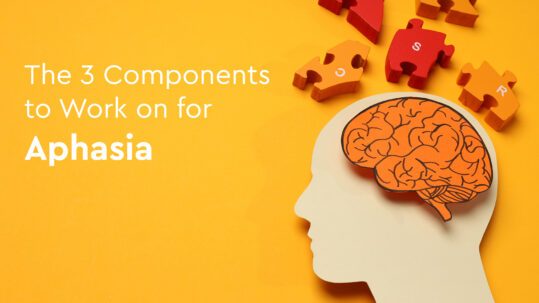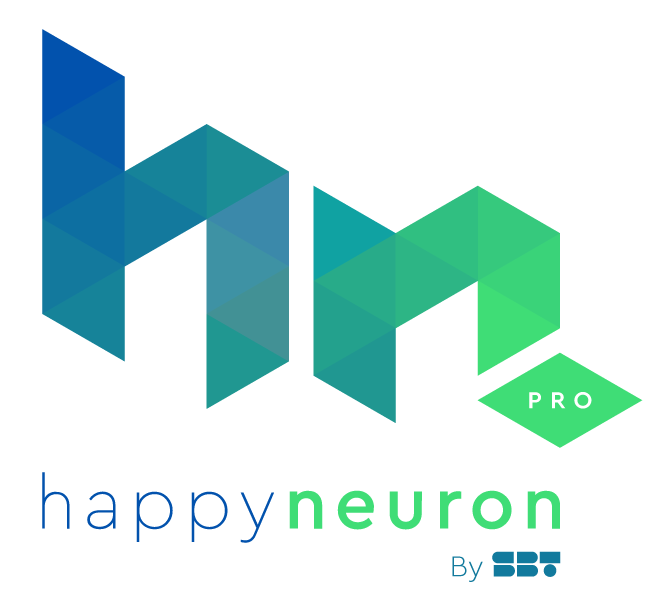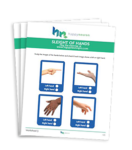How Changing Seasons Affect Individuals with ADHD
For individuals with ADHD, seasonal changes can have a big impact. Shifts in daylight, temperature, and routine can influence mood, attention, sleep, and overall cognitive performance. Clinicians can most effectively support individuals with ADHD in maintaining focus and emotional regulation year round, when they have an understanding of how these differences make an impact. It can also help clinicians, who have ADHD themselves, to stay self-regulated and organized in their everyday work.

Seasonal Effects on ADHD Symptoms
1. Fall and Winter – Shorter Days, Less Sunlight
Reduced daylight may lead to decreased serotonin levels. This may impact mood and attention by increasing irritability and fatigue, while also making concentration even more difficult. In addition, these “shorter days” may lead to sleep disruption. This may be especially true for individuals with ADHD who struggle with delayed sleep onset, which in turn may make mornings more challenging. Also, less daylight usually leads to more time spent indoors. This may increase restlessness or difficulty with getting energy out in a productive way, thus intensifying hyperactive or impulsive behaviors.
2. Spring and Summer – Longer Days, More Sunlight
There is a reason you may feel a burst of energy during these months. Studies have shown that “longer days” and increased sunlight can improve mood, motivation, and attention. It also allows for more outdoor activities and multi-sensory stimulation to occur. However, it is important to note during the Summer, due to irregular schedules, consistency with routines and habits are disrupted. This may impact management of ADHD symptoms.
Why Seasonal Changes Matter
ADHD is not just about focus and attention; it’s a self-regulation disorder. Changes in daylight, temperature, habits and routine can affect neurotransmitters, circadian rhythms, and executive functioning. Even small seasonal shifts can amplify struggles with organization and emotional control. Thus, individuals with ADHD are more susceptible to developing Seasonal Affective Disorder (SAD). SAD is a mood disorder that is characterized by season-based mood variations, usually presenting during the winter months as depression.
So, if ADHD and SAD are highly associated conditions, how can we address this?
Actionable Strategies
Sleep and Routine
- Maintain consistent wake-up and bedtimes… which can be hard to stick to, but the potential benefits are worth it!
- Encourage morning sunlight exposure in fall and winter to help regulate sleep patterns. A brisk walk or porch-side coffee can go a long way.
- Use visual schedules or planners to help structure daily tasks and transitions. A calendar or notepad may help.
Attention and Focus
- Break tasks into smaller, manageable steps. This may also help you feel accomplished along the way to finishing a larger task.
- Incorporate frequent breaks for movement! Such as walking the dog, getting the mail, going to the neighborhood park, or striking a yoga pose.
- Provide quiet spaces or low-stimulation areas for work or study. Dimming the lights, lighting a candle, and working within a low-clutter environment helps.
- Utilize timers or alerts to help maintain focus and track time. Cell phones have various built-in features, such as the Calendar or Clock applications.
Emotional Regulation
- Physical activity helps to release excess energy, reduce stress, and improve mood. Sign up for a workout class or gather a few workout materials for a quick home workout. Even walking indoors, such as at the mall or grocery store.
- Introduce mindfulness or deep breathing during periods of big transitions or times of increased stress. A meditation app or video can be a good start.
- Check in regularly about feelings and frustrations, particularly during seasonal transitions. This may be a good time to have a self-reflection notebook or have a family check-in with your spouse or children weekly.
Adjust Expectations and Goals
- Be aware of seasonal trends in ADHD symptom intensity and adjust workload or academic expectations accordingly. Taking a “less is more” mindset can be helpful!
- Acknowledge that behavioral and emotional changes may be seasonal, and are not considered personal failings.
- Collaborate with teachers, parents, and clinicians to ensure consistency across environments.
A Whole-Person Approach
Managing ADHD requires using a refined lens to both the individual and their environment. Seasonal changes are a natural part of an ever-changing year, and understanding their influence can make a big difference in day-to-day functioning and overall well-being. By adjusting habits and routines, supporting self-regulation, and monitoring emotional and mental shifts, we can help individuals with ADHD thrive year-round, 365 days a year.
Resources
ADDitude Editors. (2022, March 31). Seasonal Affective Disorder and The ADHD Brain. ADDitude ADHD Science & Strategies. https://www.additudemag.com/seasonal-affective-disorder-adhd-comorbid-depression/?srsltid=AfmBOorocNhezRm_Bv0vrkmcddkeI_tu-kM-9qeAG-ItYutyAPgP1DJn
Frida. (2022, September 17). How to cope with seasonal transitions when you have ADHD. https://www.talkwithfrida.com/learn/seasonal-transitions-coping-adhd/
Jo Y, Takagi S, Shimizu M, Takahashi H, Sugihara G. Seasonal changes in mood and behaviors in individuals with attention-deficit/hyperactivity disorder trait. J Psychiatr Res. 2025 Feb;182:462-468. doi: 10.1016/j.jpsychires.2025.01.044. Epub 2025 Jan 24. PMID: 39892215.
María Fernanda Zerón-Rugerio, Jose A. Alda, Tannia Valeria Carpio-Arias, Maria Izquierdo-Pulido, Trinitat Cambras. Seasonality and ADHD: Summer time is associated with less symptoms of inattention among children and adolescents with ADHD.
Journal of Affective Disorders, Volume 314, 2022, Pages 259-262, ISSN 0165-0327,
https://doi.org/10.1016/j.jad.2022.07.036. (https://www.sciencedirect.com/science/article/pii/S0165032722008047)
Wynchank DS, Bijlenga D, Lamers F, Bron TI, Winthorst WH, Vogel SW, Penninx BW, Beekman AT, Kooij JS. ADHD, circadian rhythms and seasonality. J Psychiatr Res. 2016 Oct;81:87-94. doi: 10.1016/j.jpsychires.2016.06.018. Epub 2016 Jun 27. PMID: 27423070.
